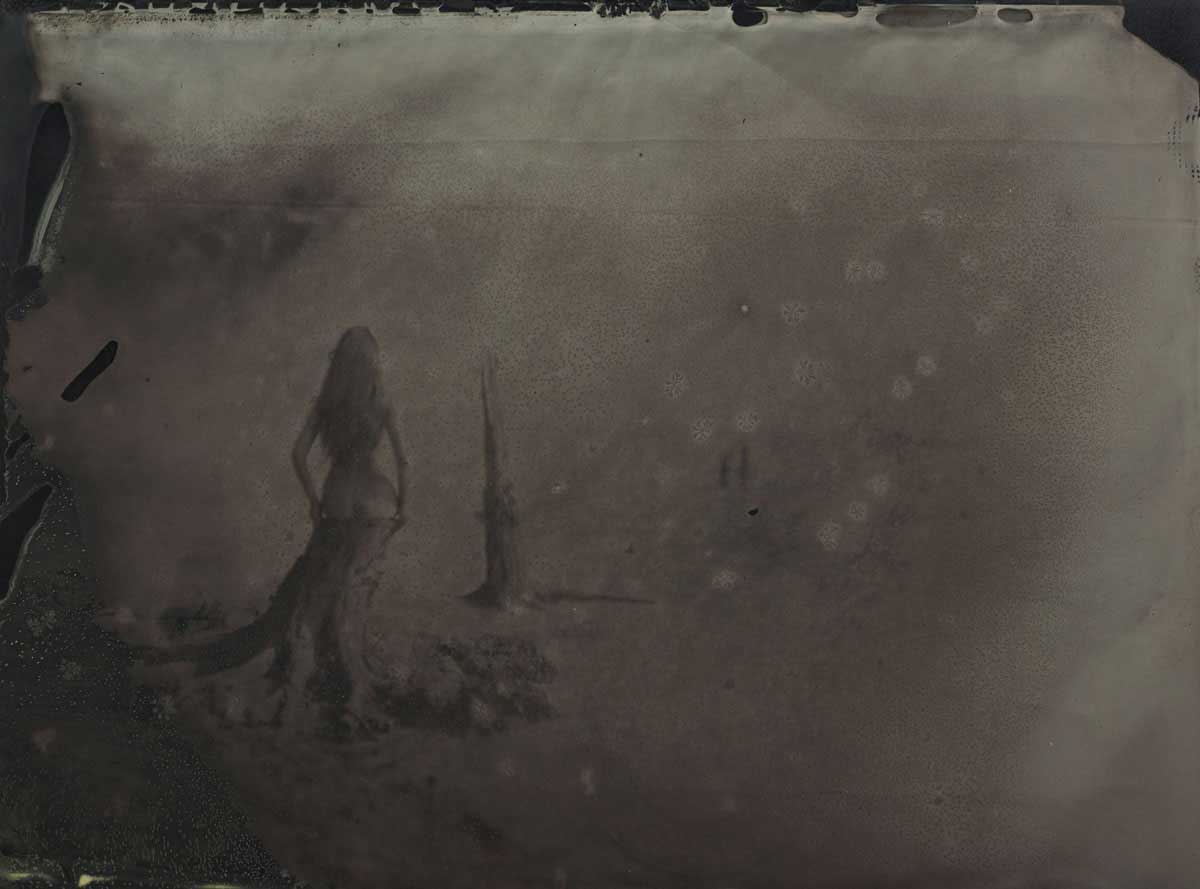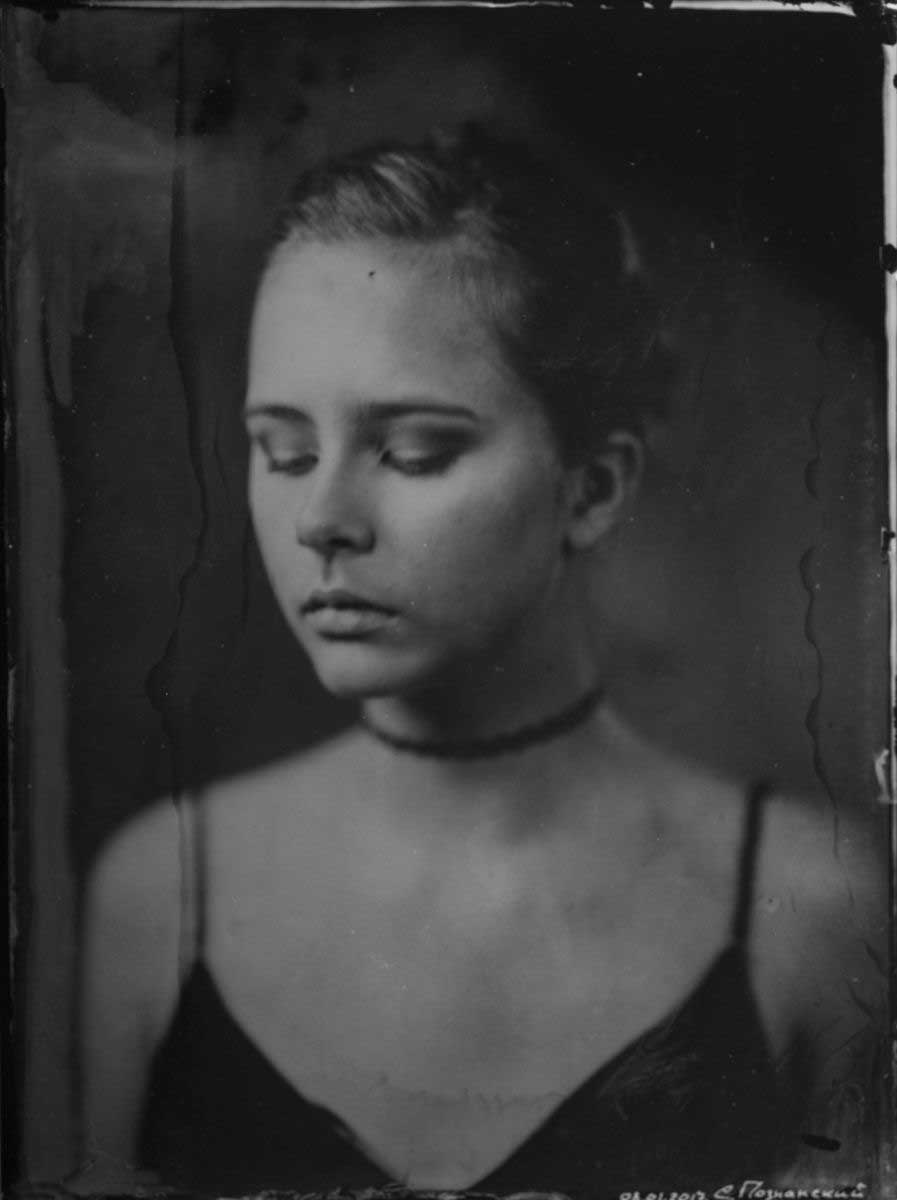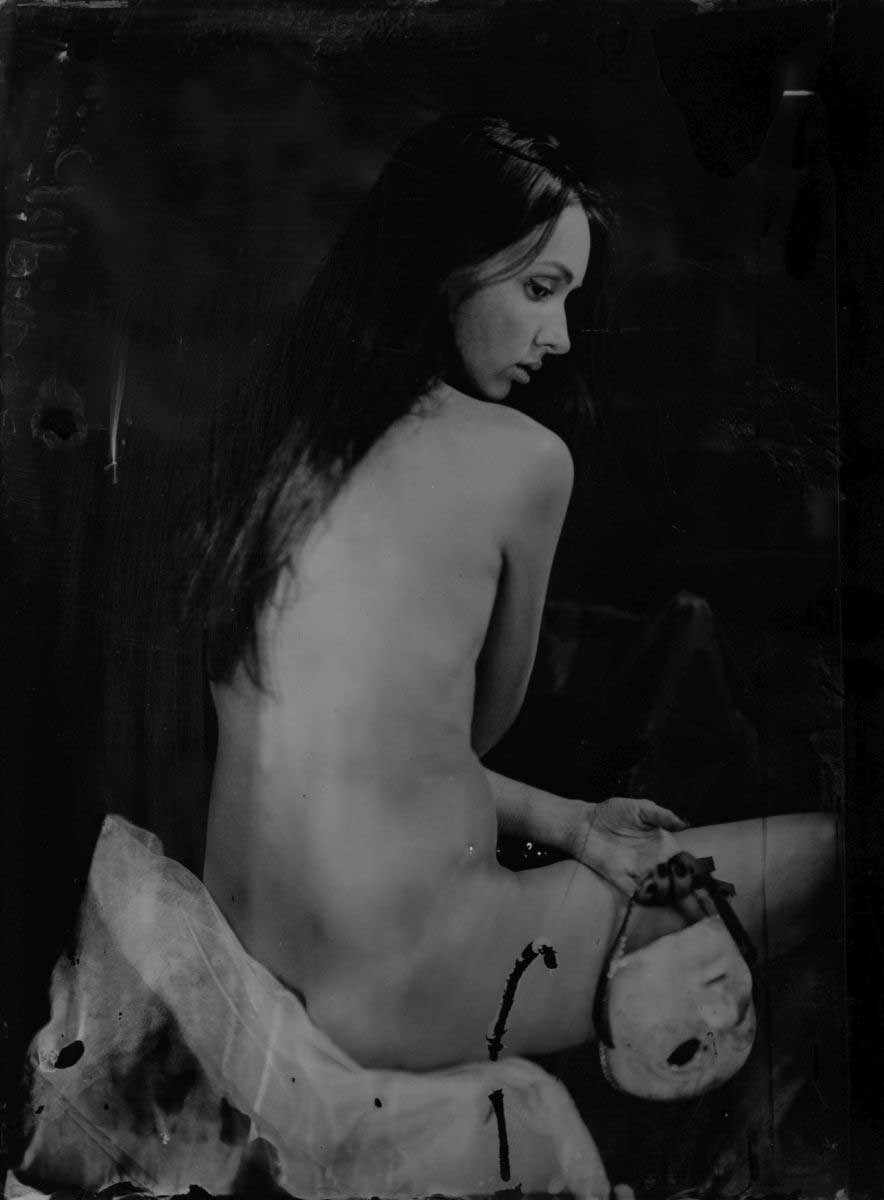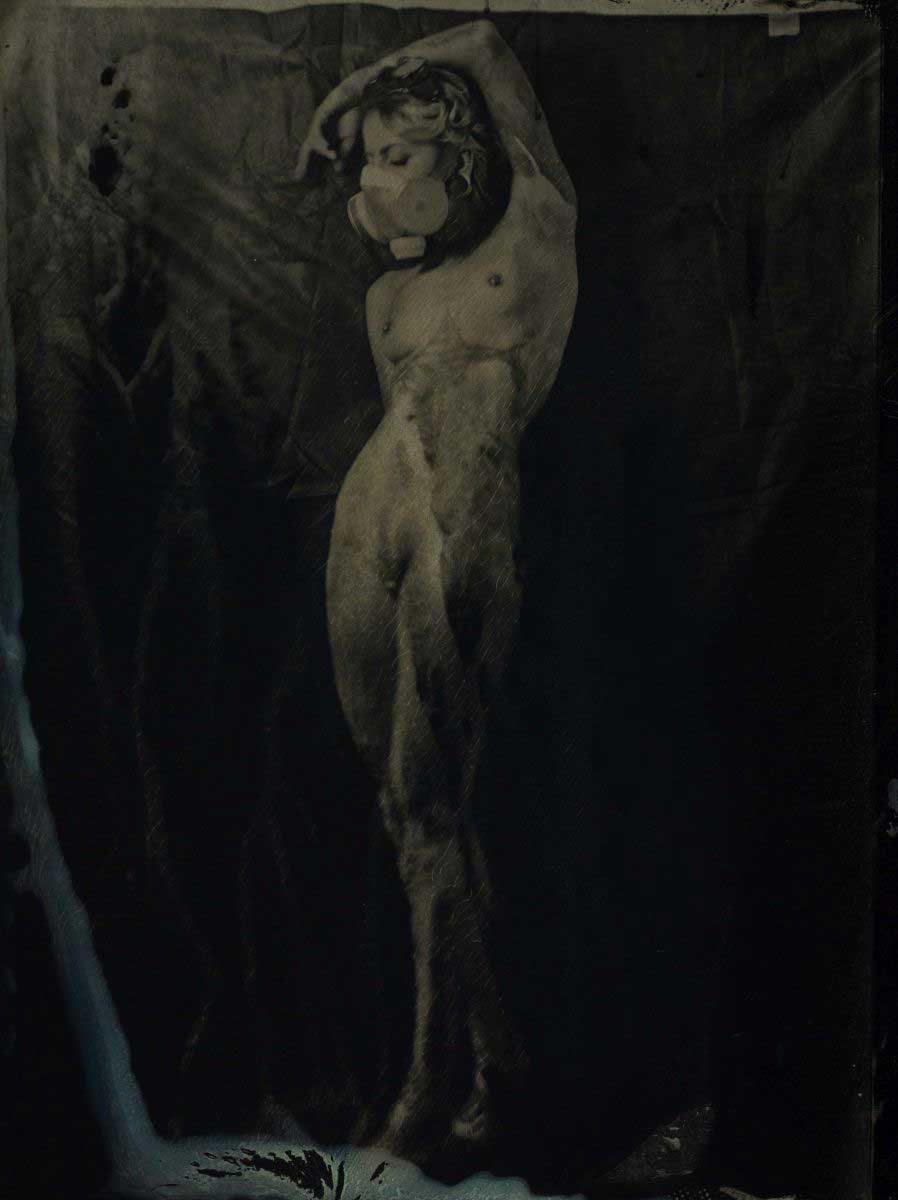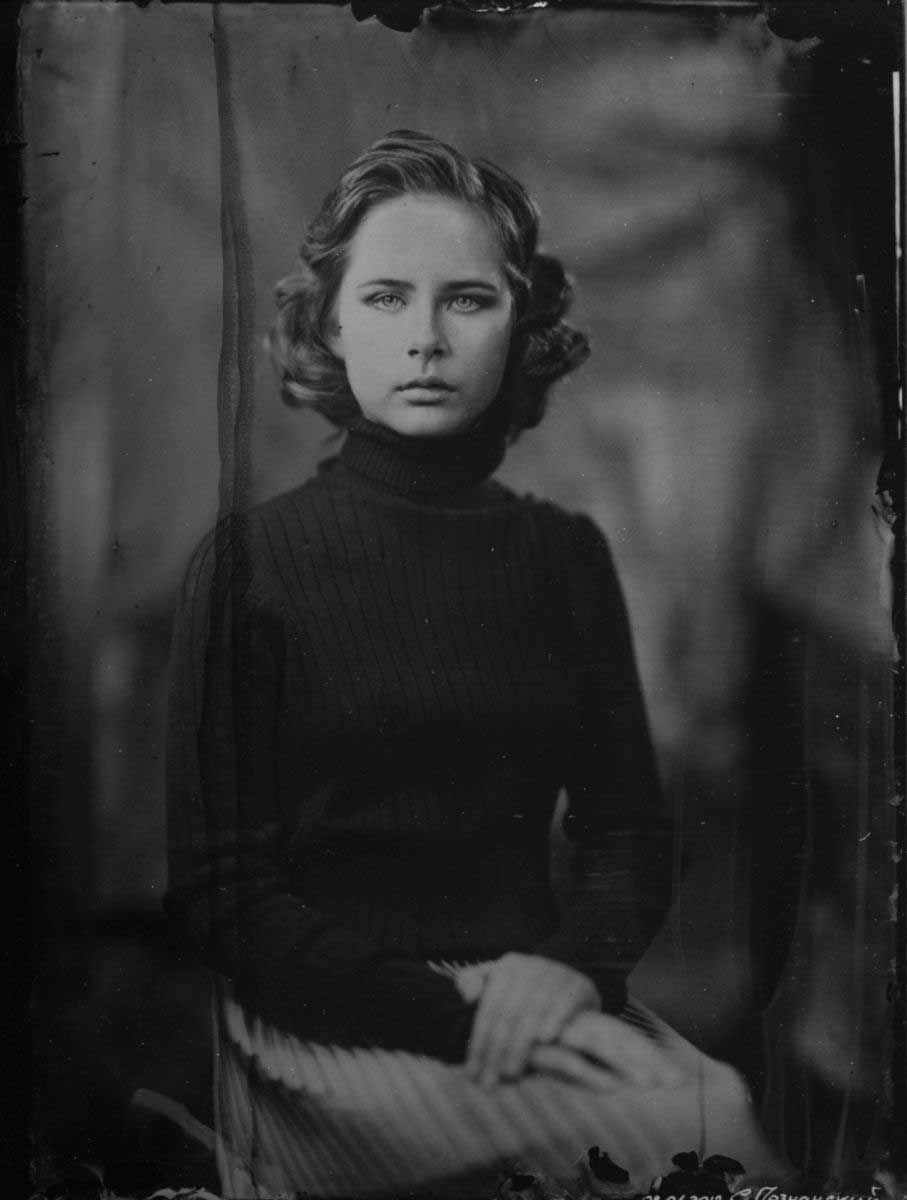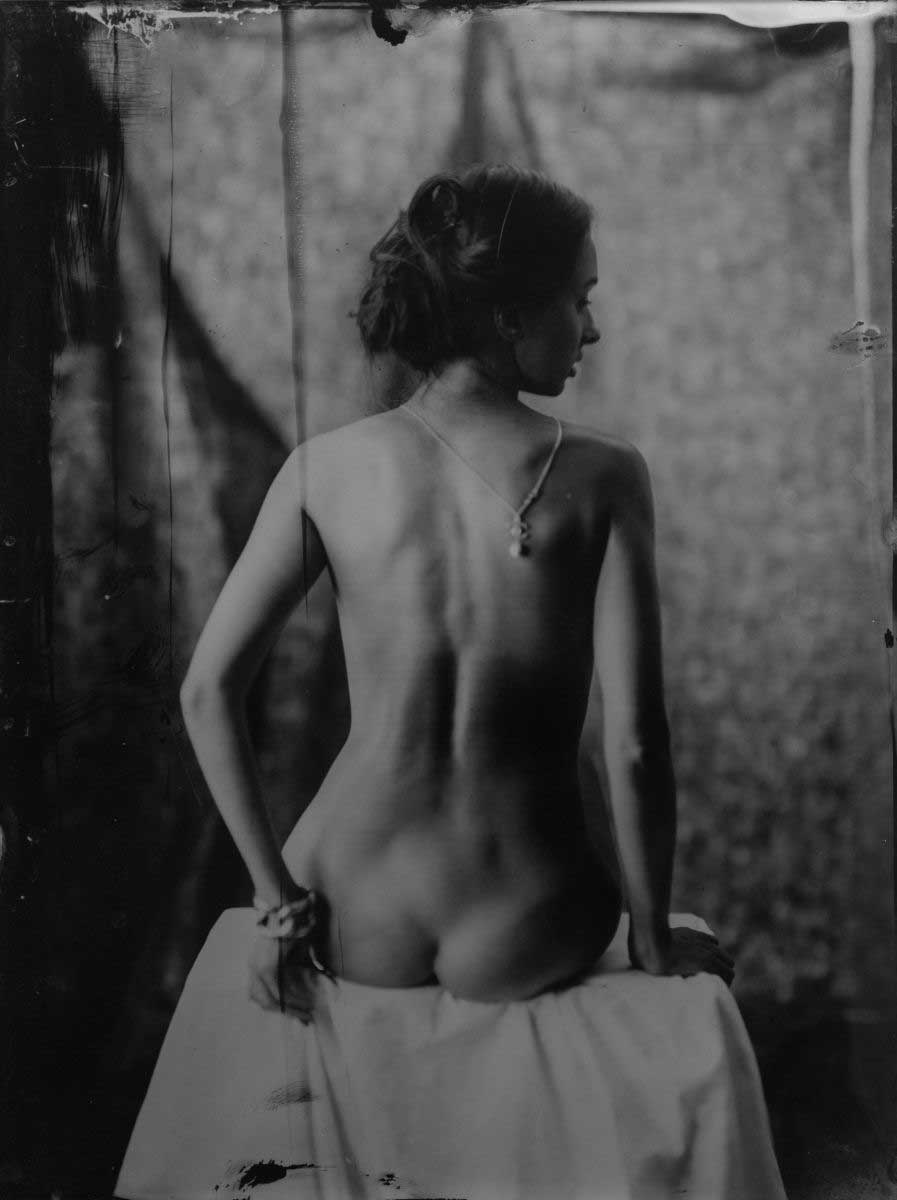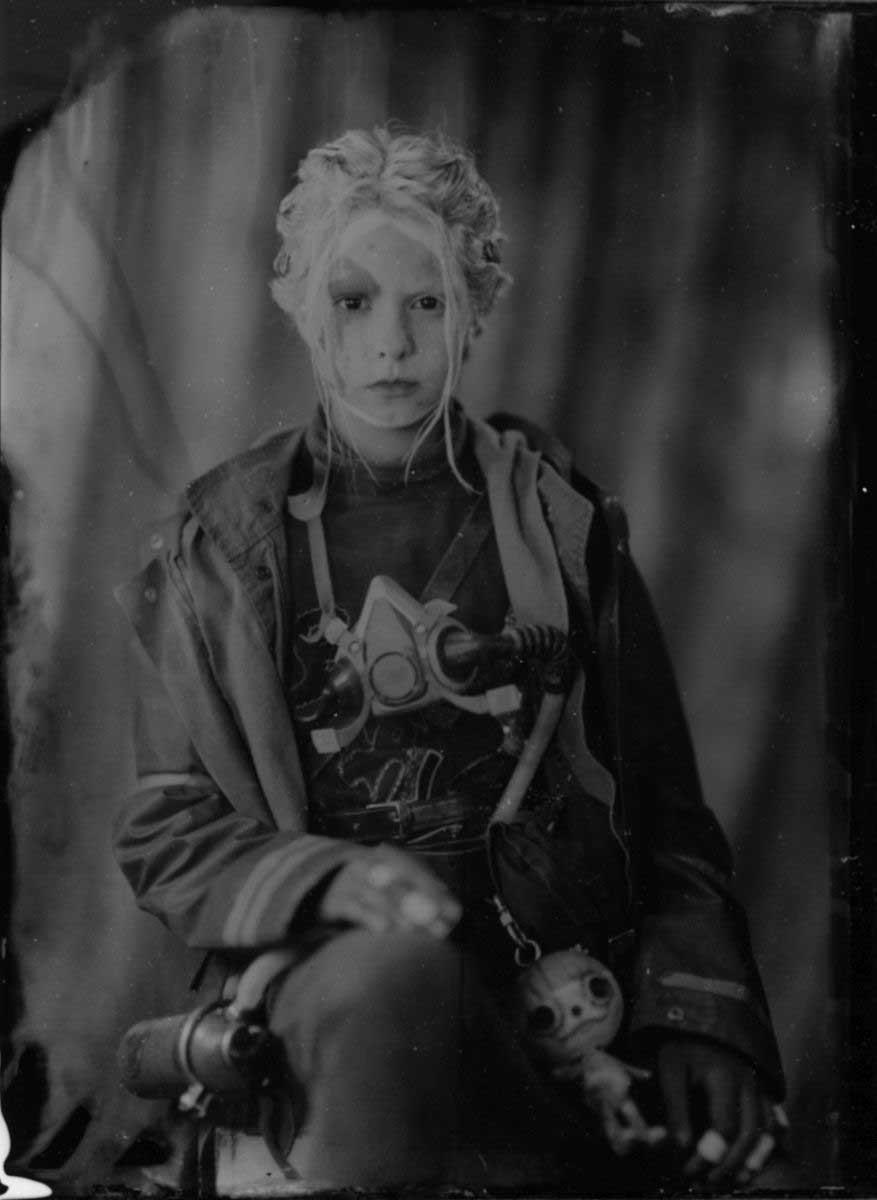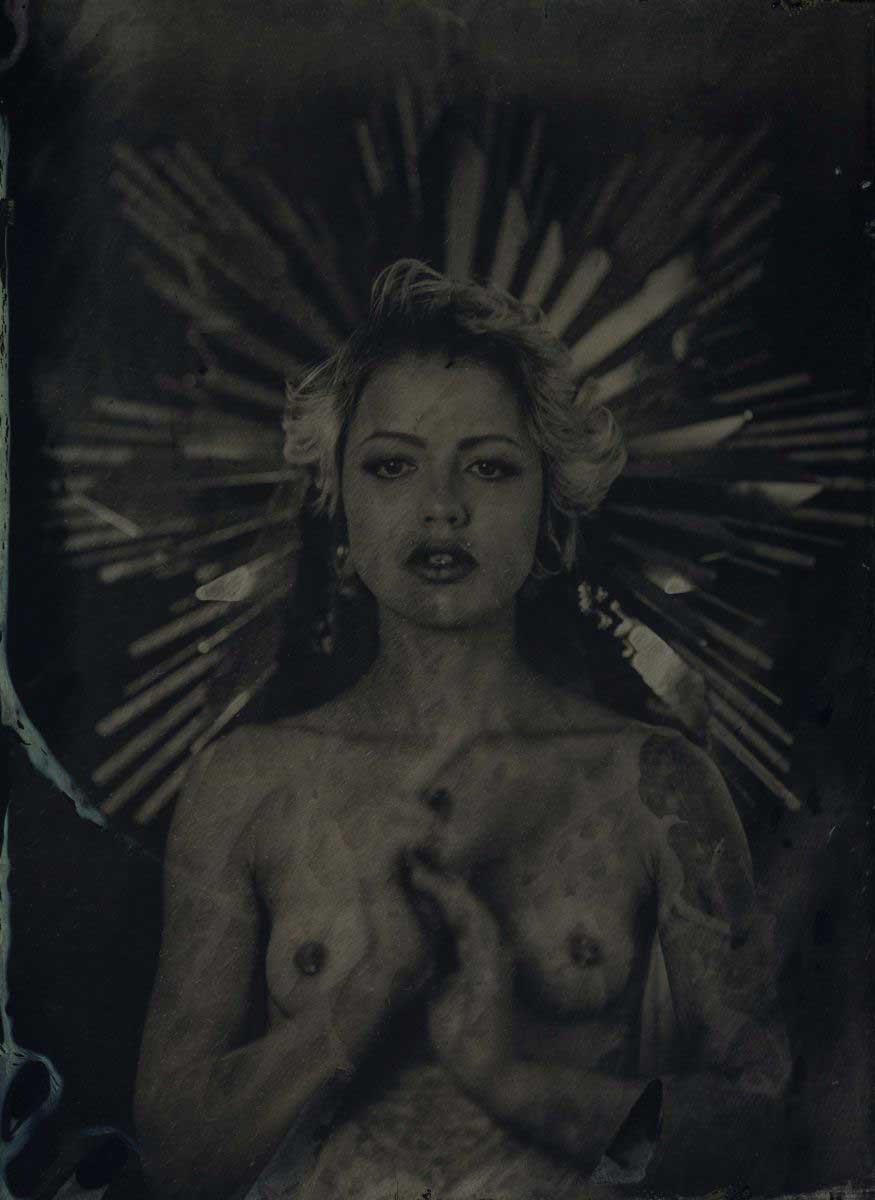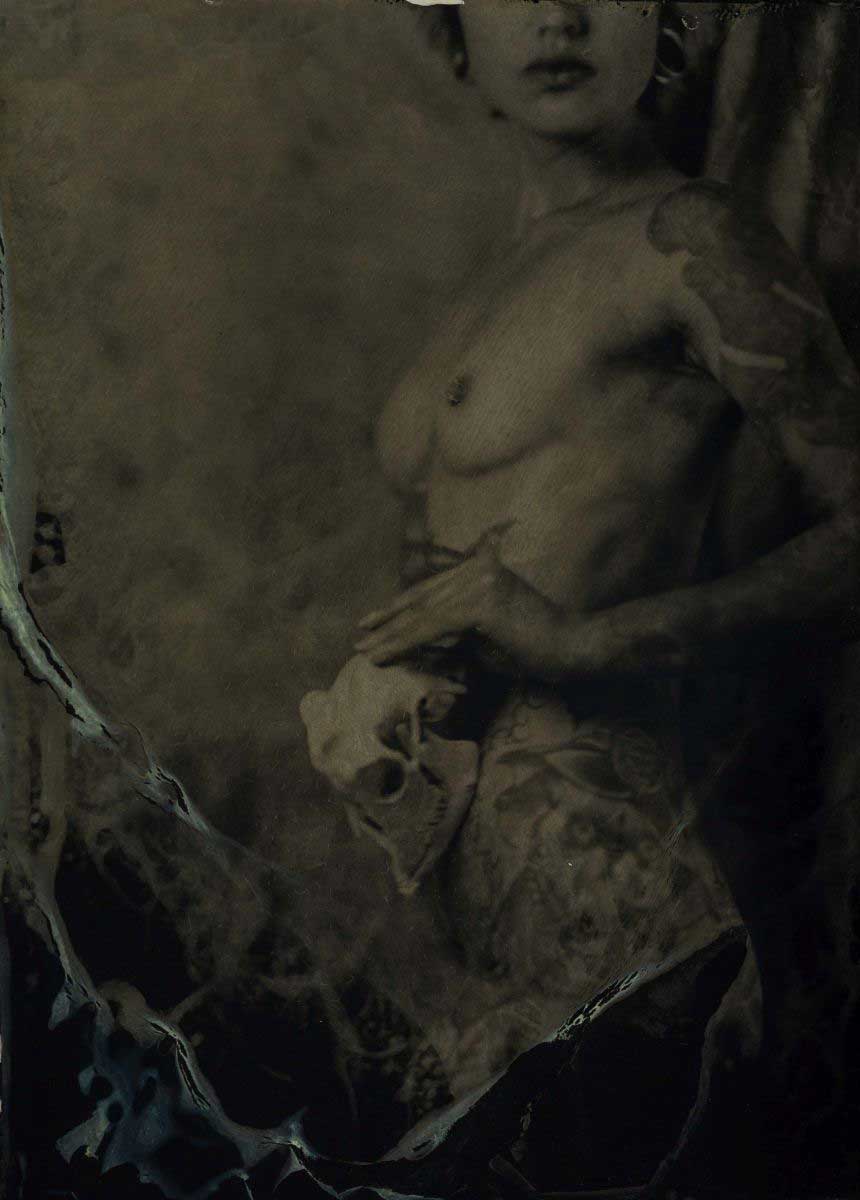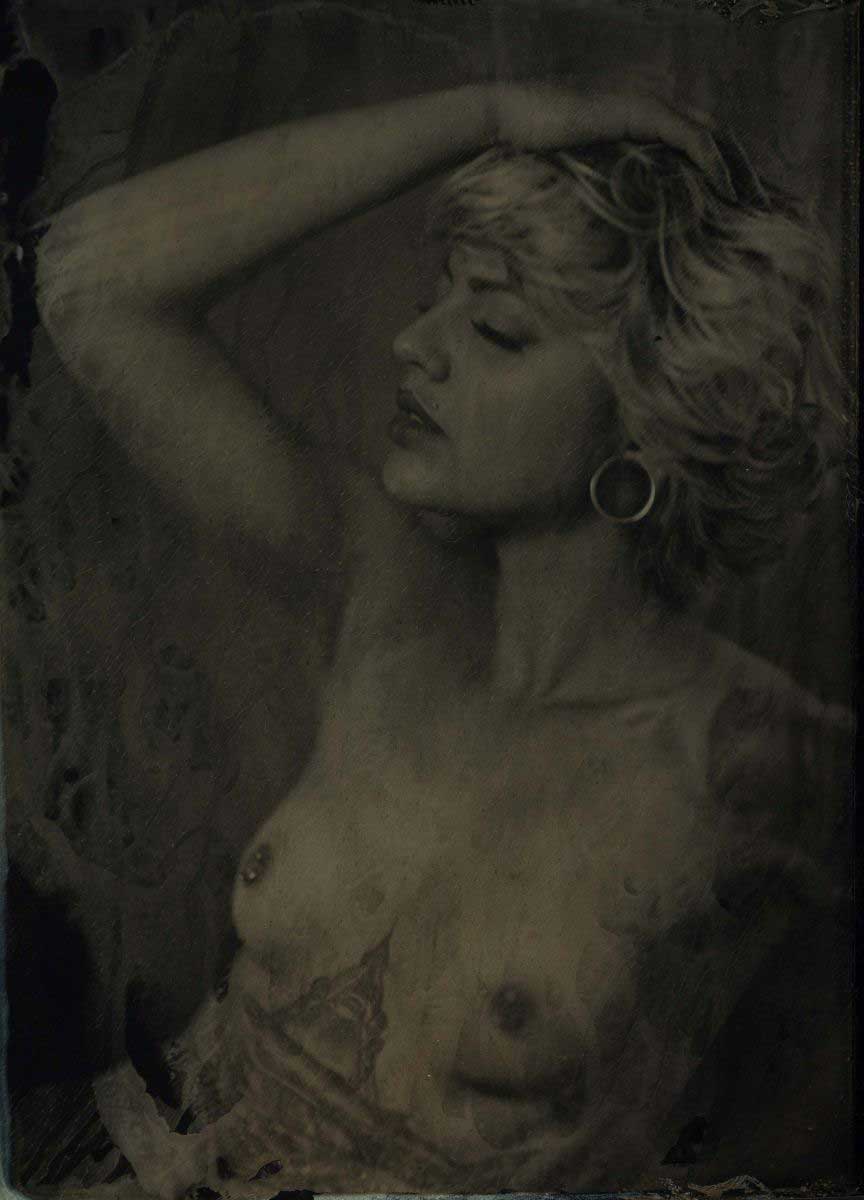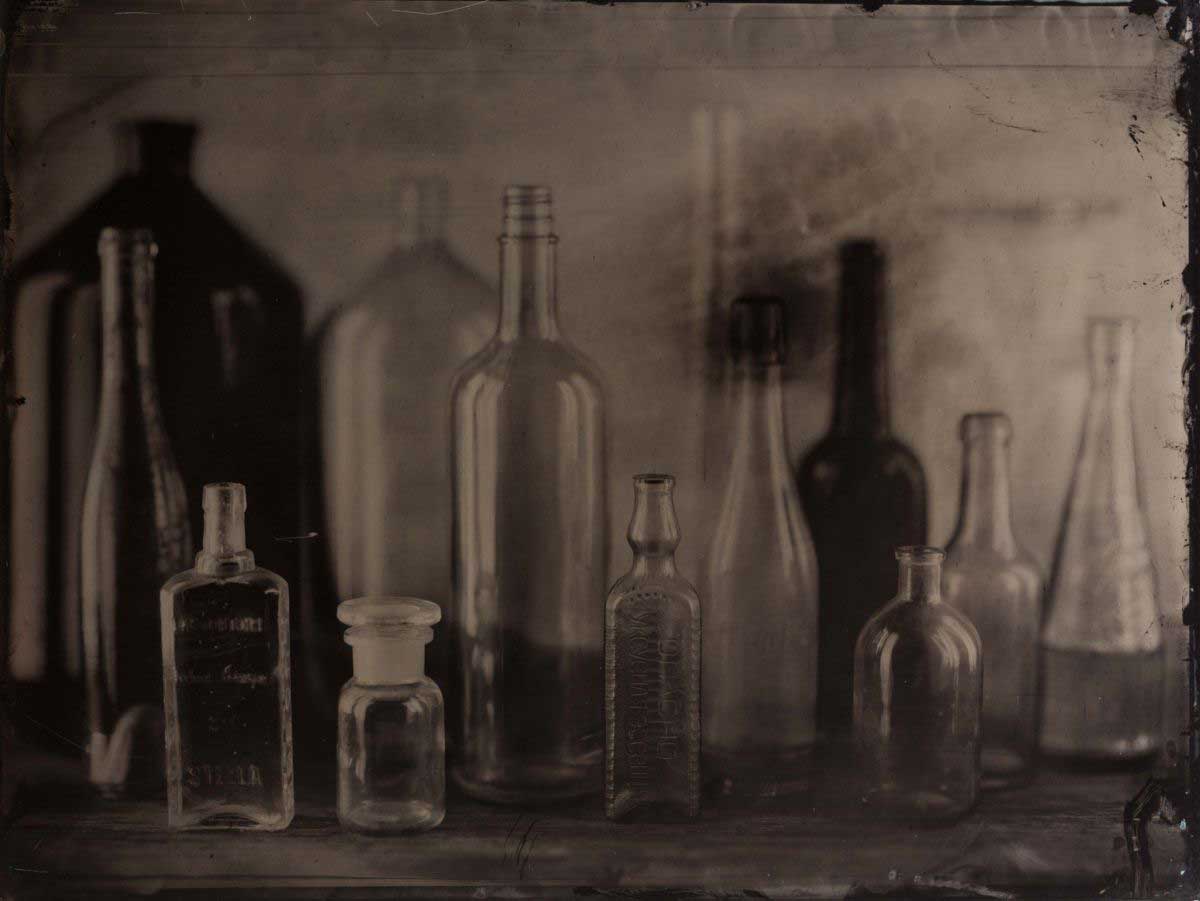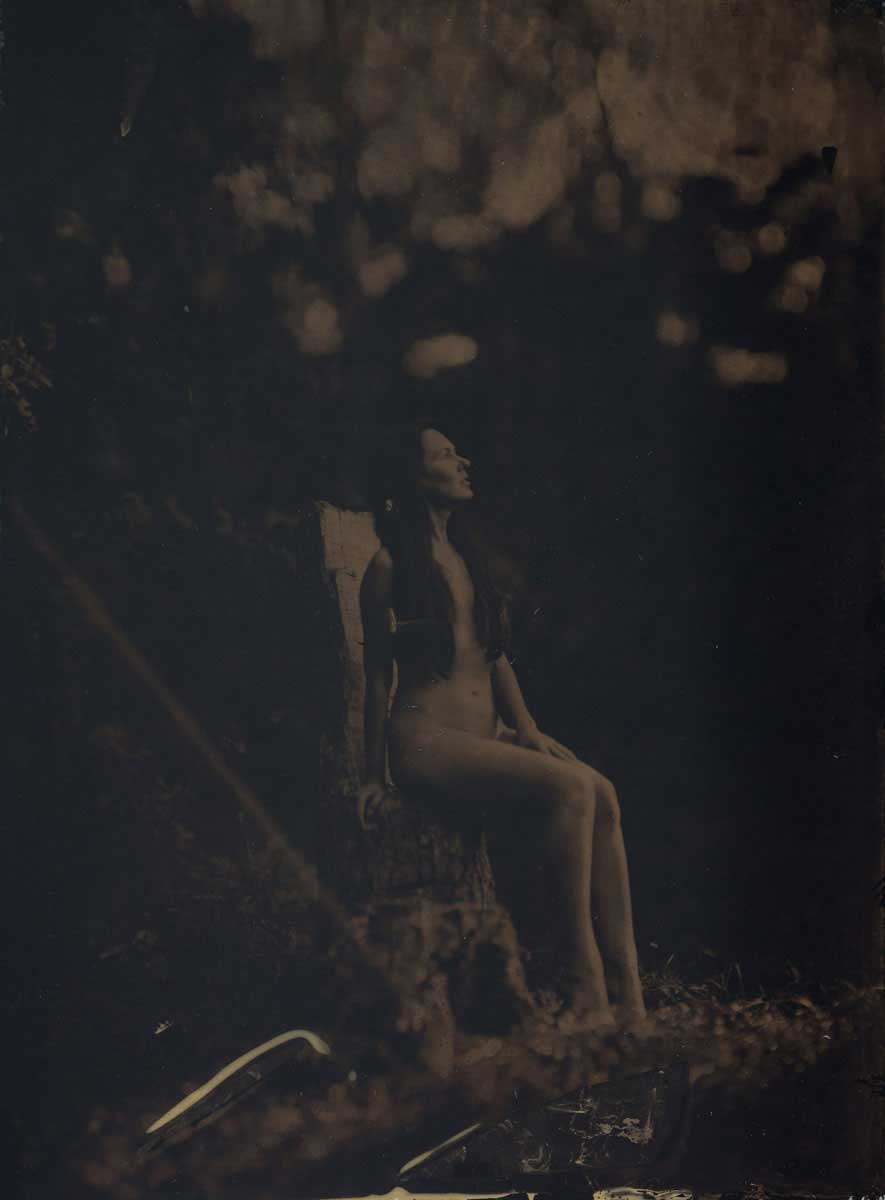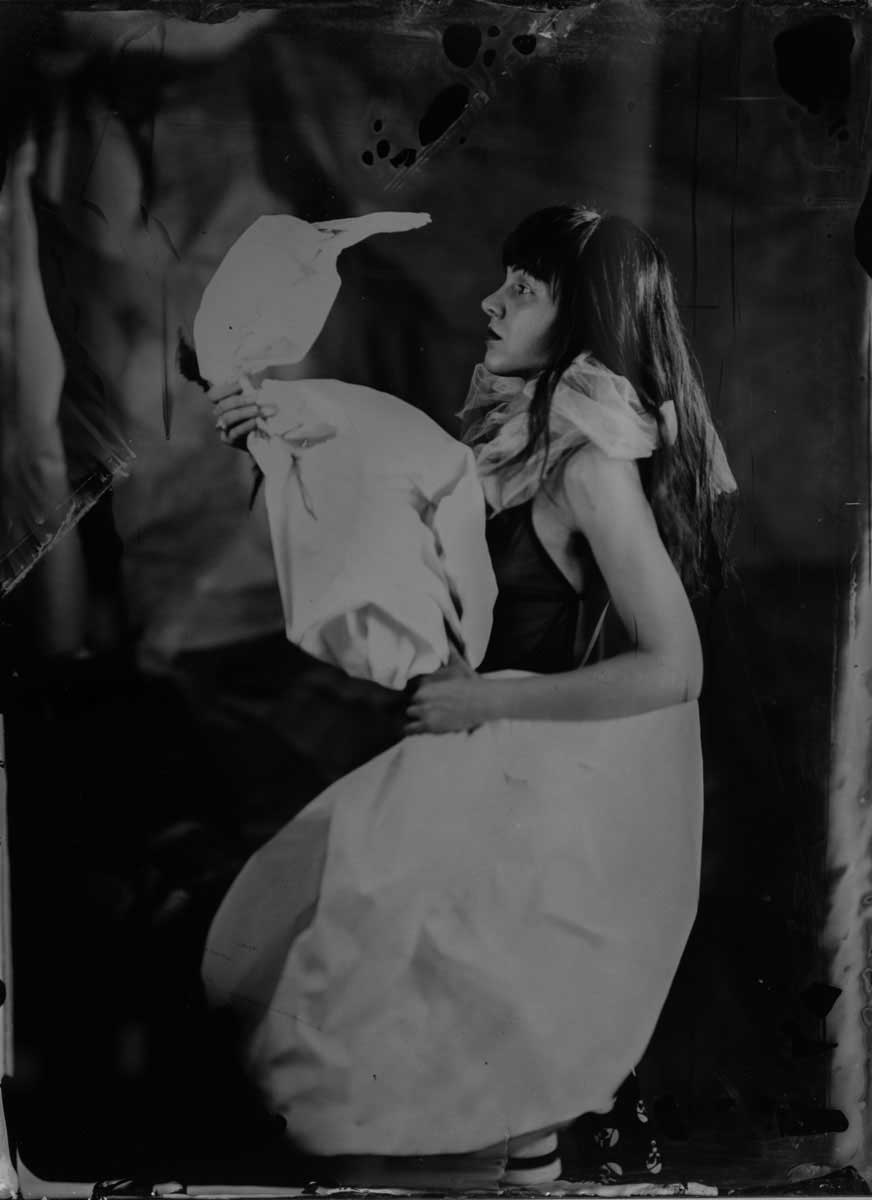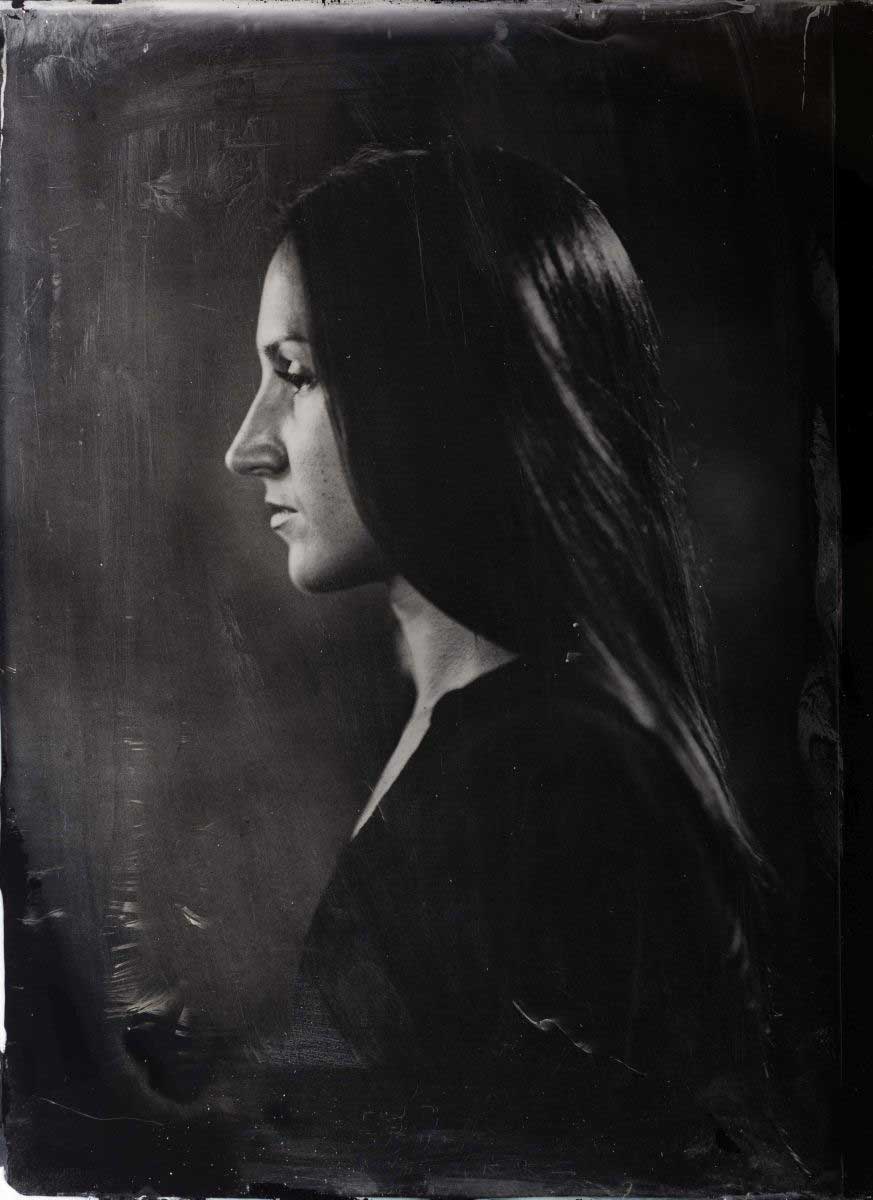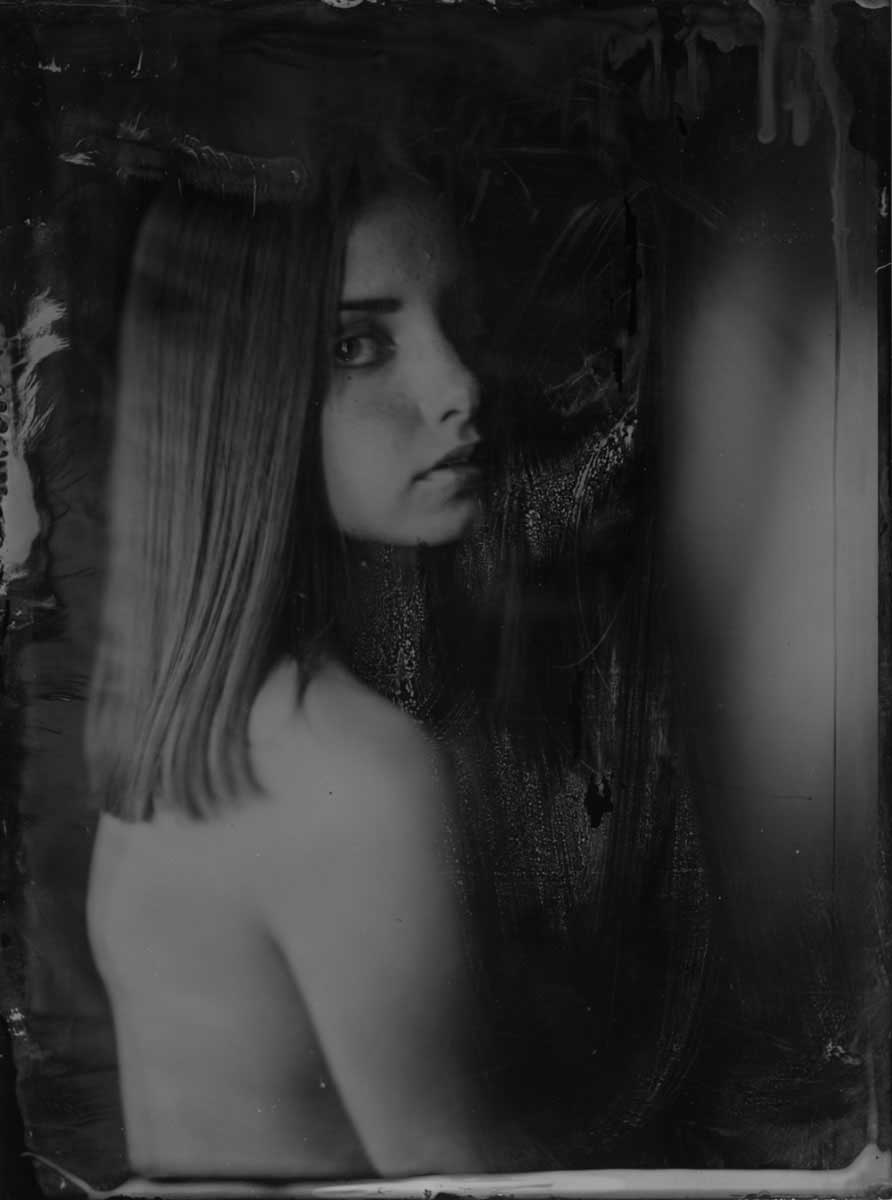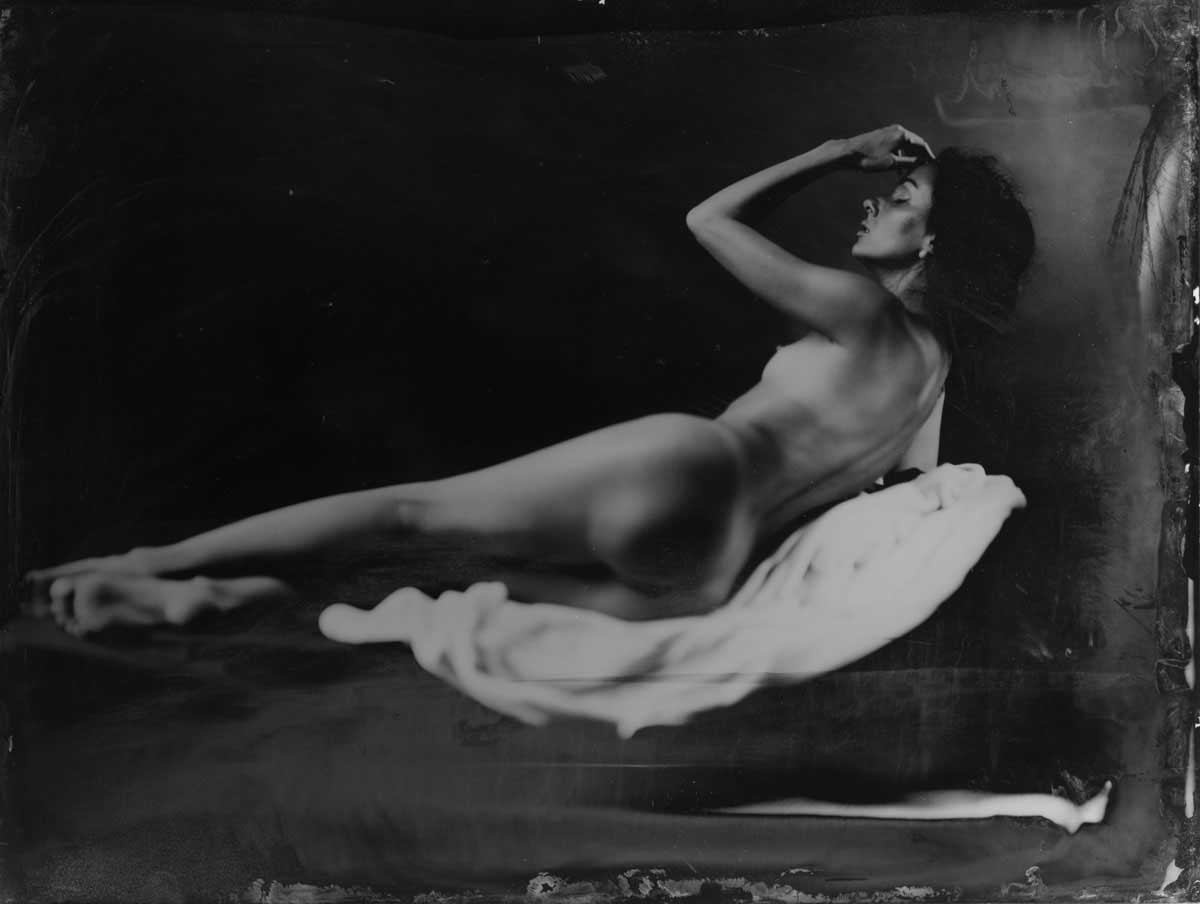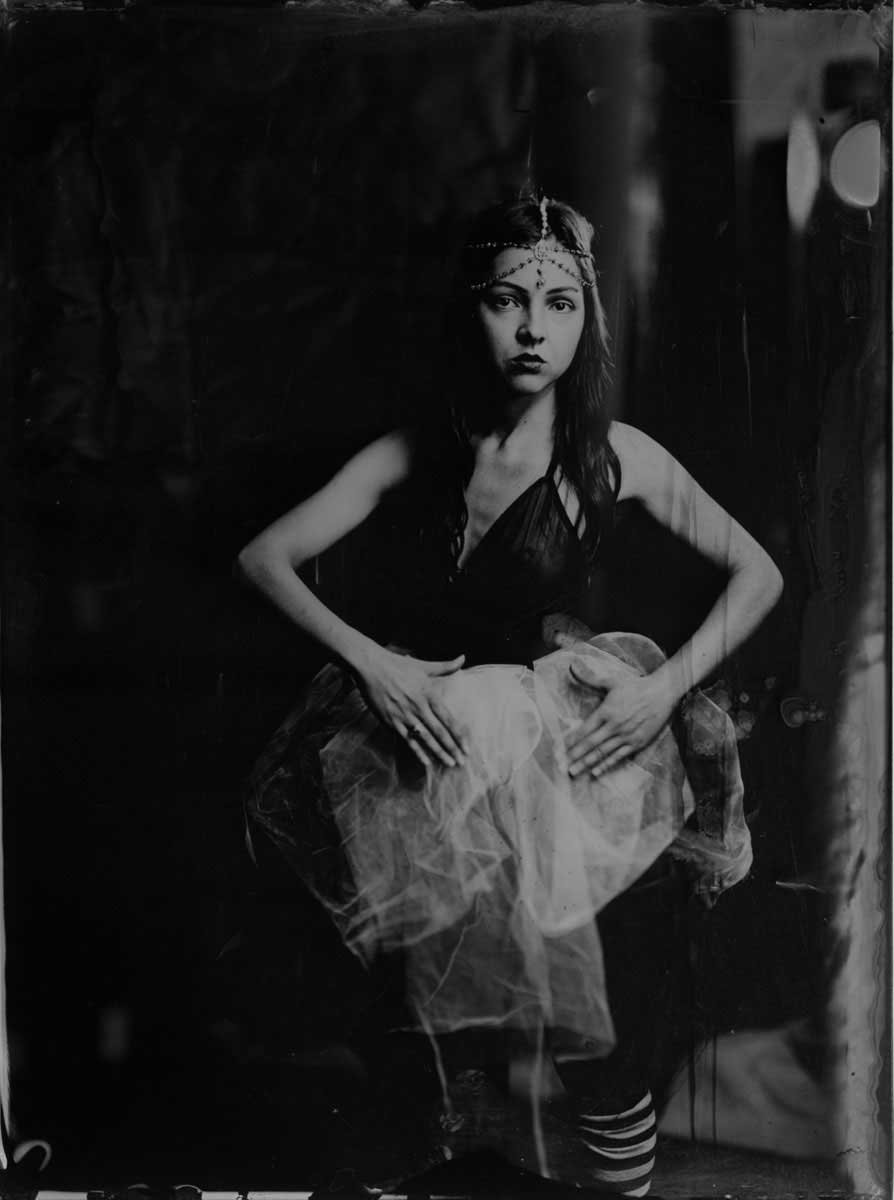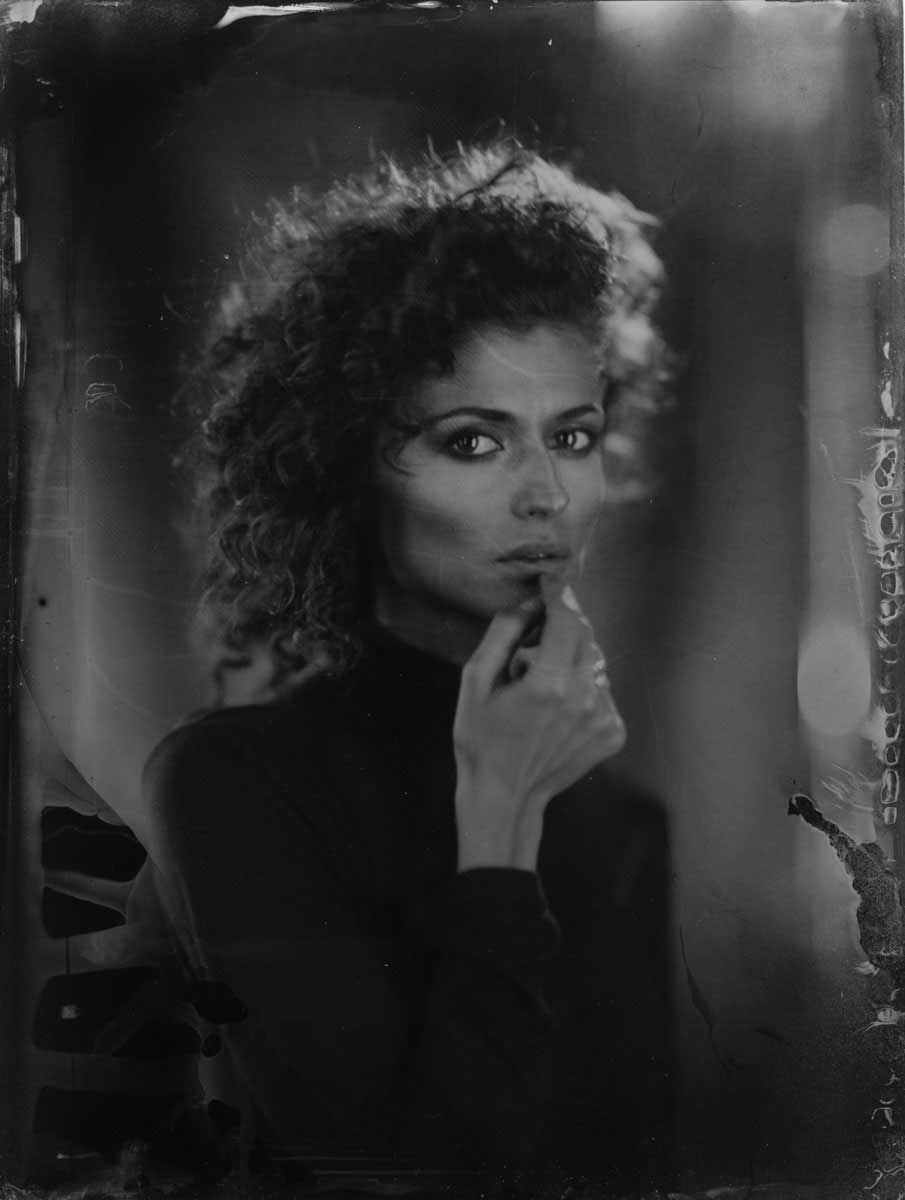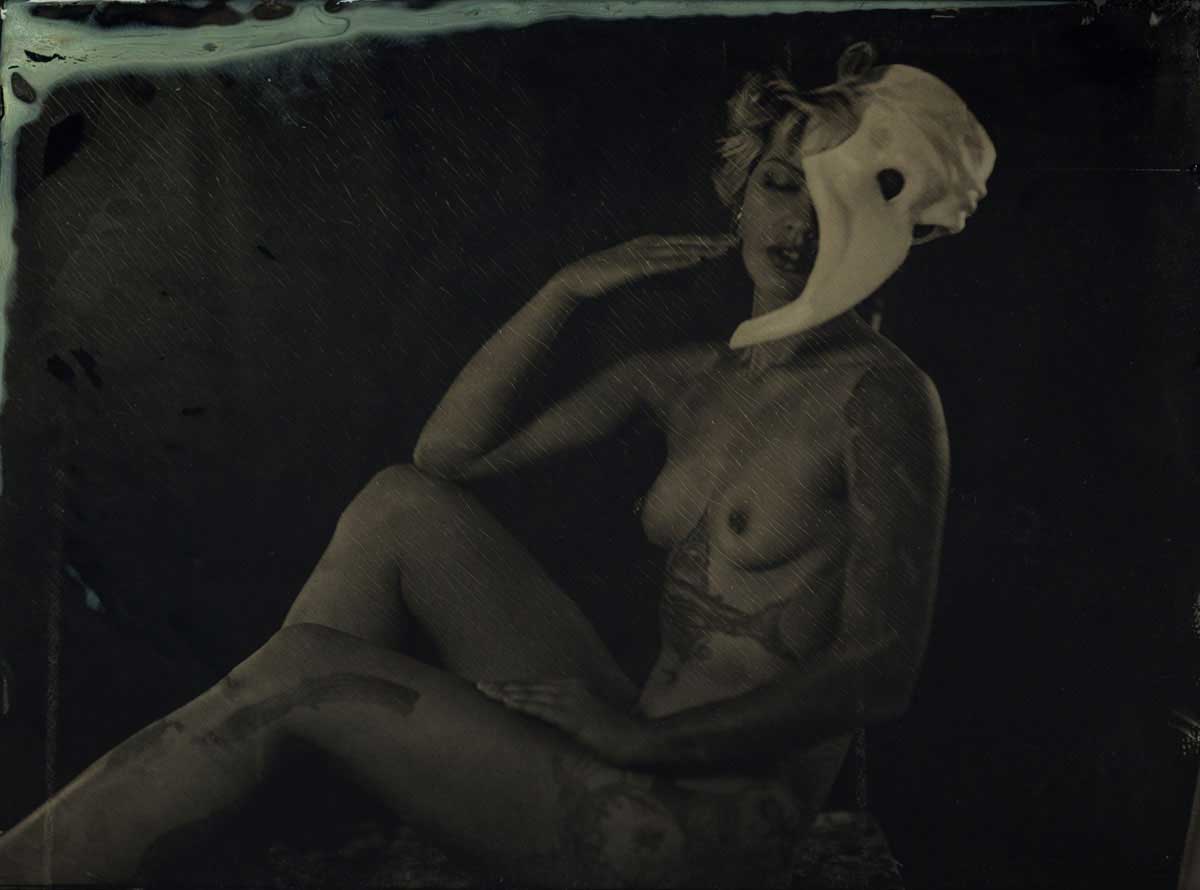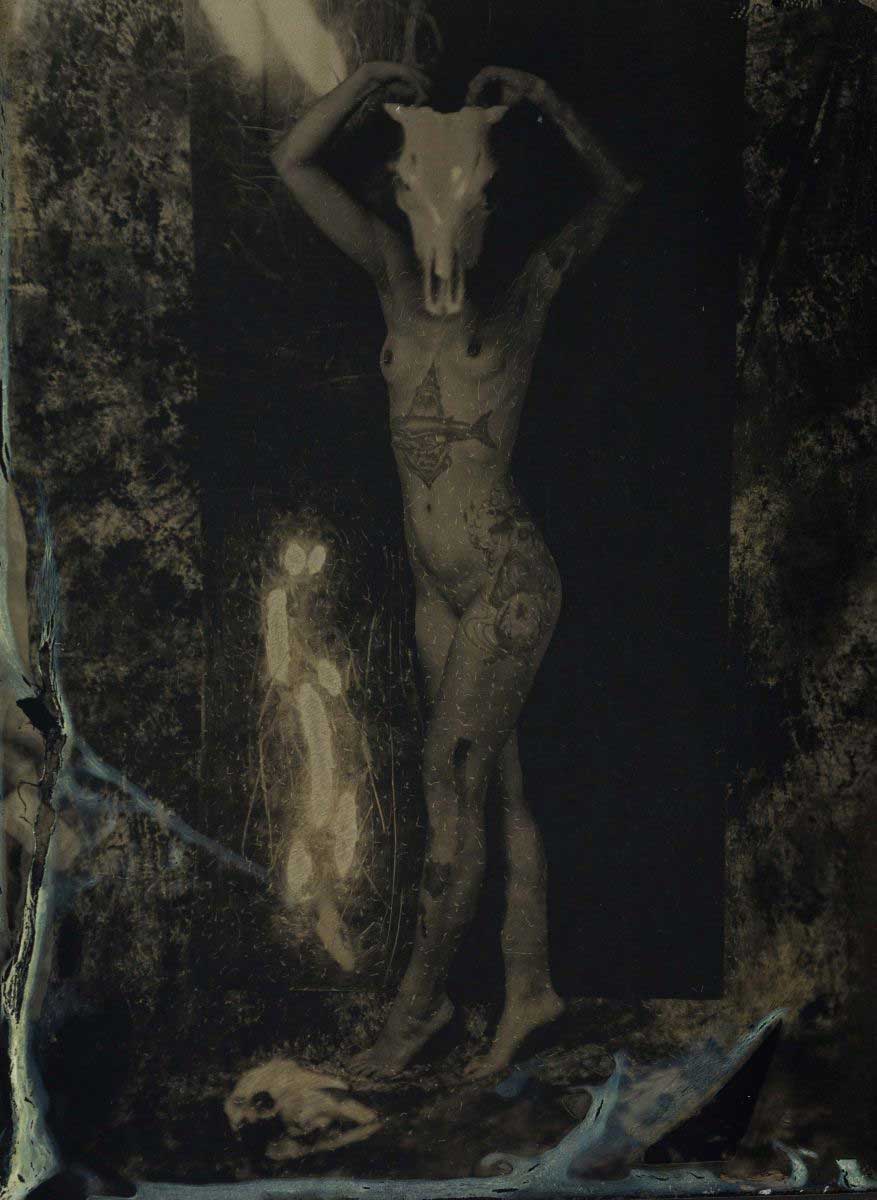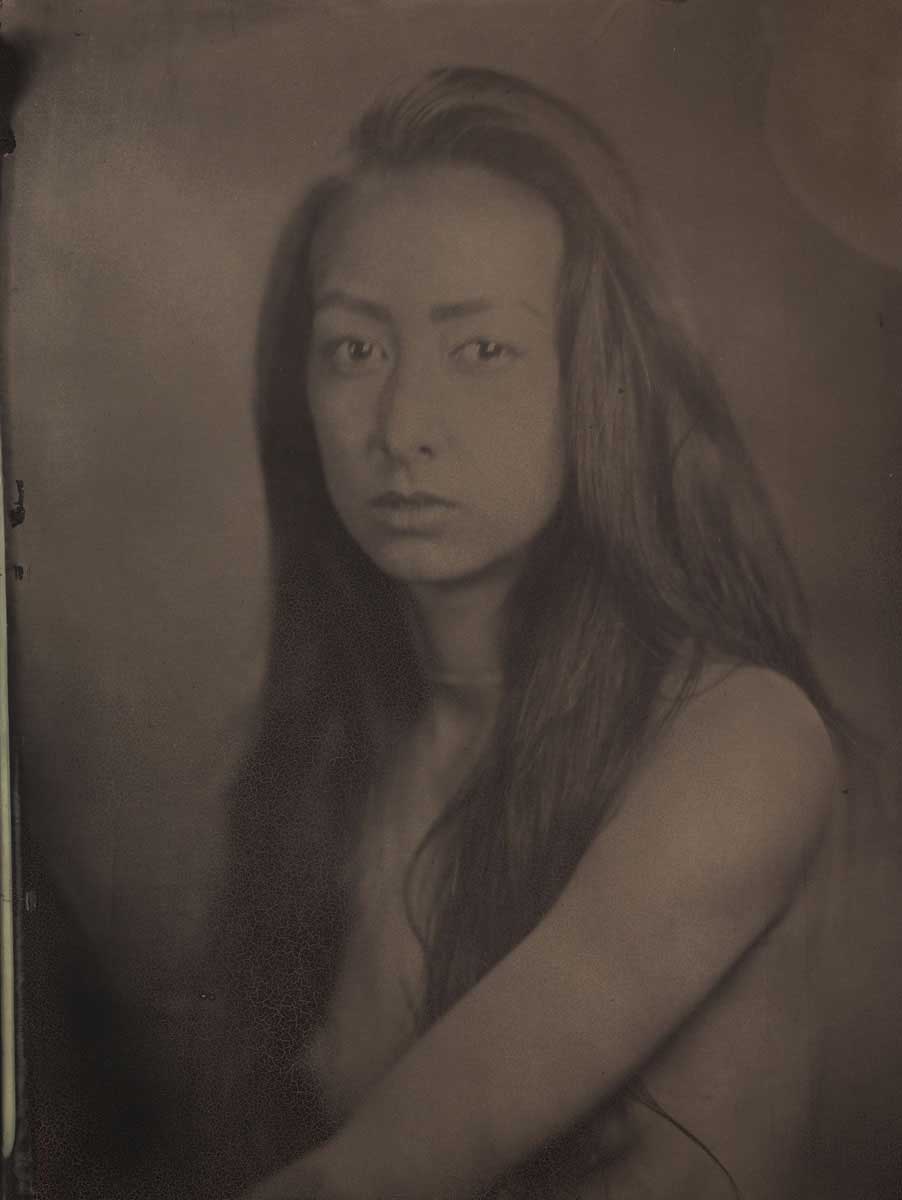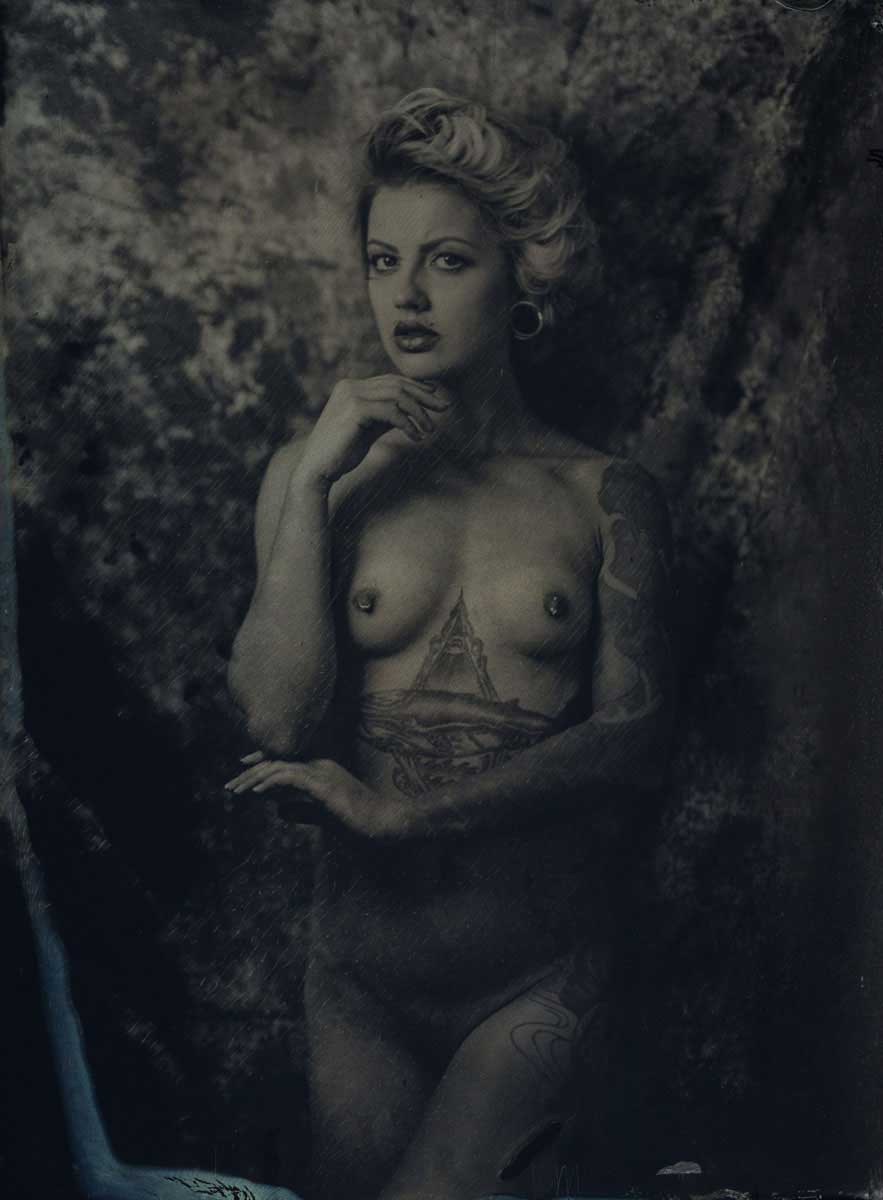Ambrotype (from Ancient Greek means ἀμβροτός — “immortal”, and τύπος — “impression”)
In our century, in which we are surrouneded by exabytes of glamorous pictures as a demonstration of ostentatious perfection of the binary code, some stubborn people of the past are still seeking for the technologies of the past. They are ready to spend days and weeks to achieve certain effects available in any photo editor with just one click. They are extremely thrilled about their grandfather’s old good-sized cameras in the attic. They can’t give you a сlear answer “why on earth do you need this?”, not because they don’t know what to say, but because they are convinced that nobody would ever understand them. Words like cyanotype, gumbichromate, calotype and others won’t cause any assosiations in the brains of modern-day young photographers. And only the old guard, who remember the smell of developer, will smile mysteriously. And even if they have never practiced this, these guys are well familiar with the theory.

There it is – Ambrotype! Authentic! I’m one of those who knows theory, but wil never take a risk to make this whole process at home. Because I know how hard it is, how much effort, time and work it’ll take, and I didn’t even want to mention how many photosensetive emulsion glass plates (which are overcoated by hand) will be absolutely spoiled before the success. I look closely at noble black-white pictures and I’m trying to understand where “the hand” of the photographer is and what is introduced by majestic accident. Because every picture is unique. It can’t be repeated or replicated. Each time the result depends both on the skills of the photographer and on weather conditions of neighbouring continent or on interference of some other mystical powers.
After many years spent in commercial photography Sergey Poznansky started searching alternative methods of obtaining photographic images. In contrast to the “one-time” advertising projects it needed something “eternal”, not subject to immediate request. After long a long search, the choice was Ambrotype, due to the large number of manual processes and unpredictable results. Every Ambrotype is unique. At each stage of its creation, appears the thing that wasn’t planned and that makes each picture one of a kind. Sergey tells that after purchasing idoneous for Ambrotype camera in 2016, he spent about 6 months collecting regeants and special сrockery, making various appliances and test shooting, before he reached his goal.
Creating of the Ambrotype assumes a long exposure, about 10 seconds and more, this makes some difficulties when the person is in front of the camera. On the photo we can see not a one-moment emotion, but a certain generalized image. This is not a documentary “grasping” of the reality, but a systematic “drawing” by the light on the glass plate with emulsion. Works of Sergey Poznansky reminds of the style of the classical pictures. Which is not surprising, because the author draws inspiration from medieval art, especially the great influence is Albrecht Dürers drawings and engravings, which are filled with mysticism and Christian symbolism. Poznanskies works are well-considered and accurately verified. Often they are filled with unusual, for the modern people, aesthetics. Each photo submits the breath of the time, and this sometimes shows echoes of the past. And when people look at their portraits, they understand how much they look alike their great-grandmothers and great-grandfathers. [Text by Oleg Malov]
